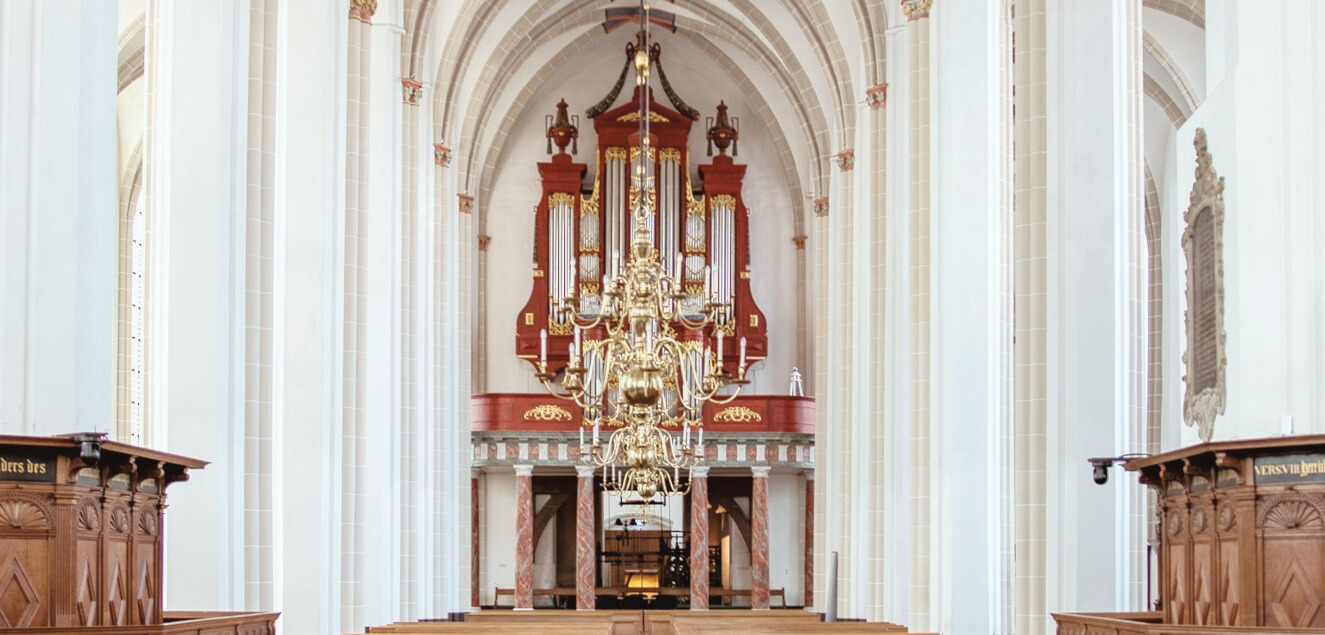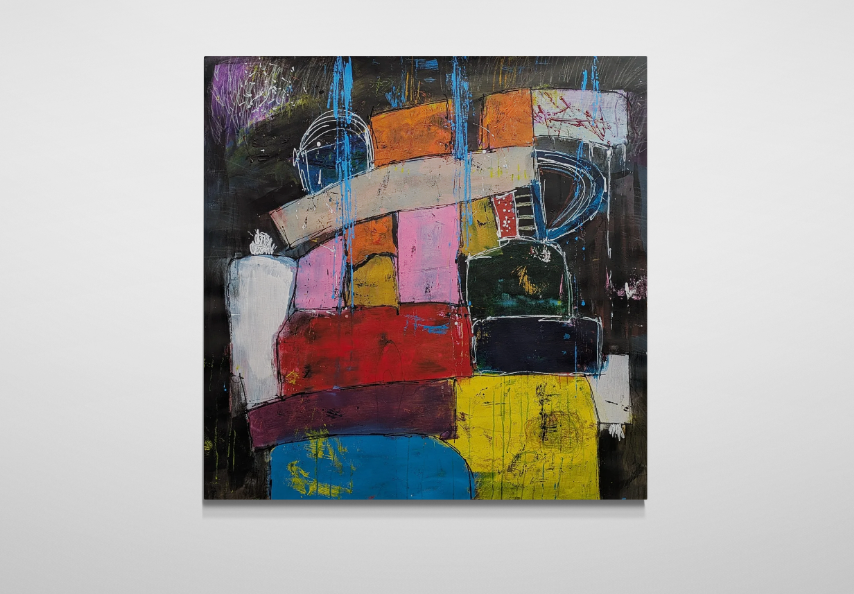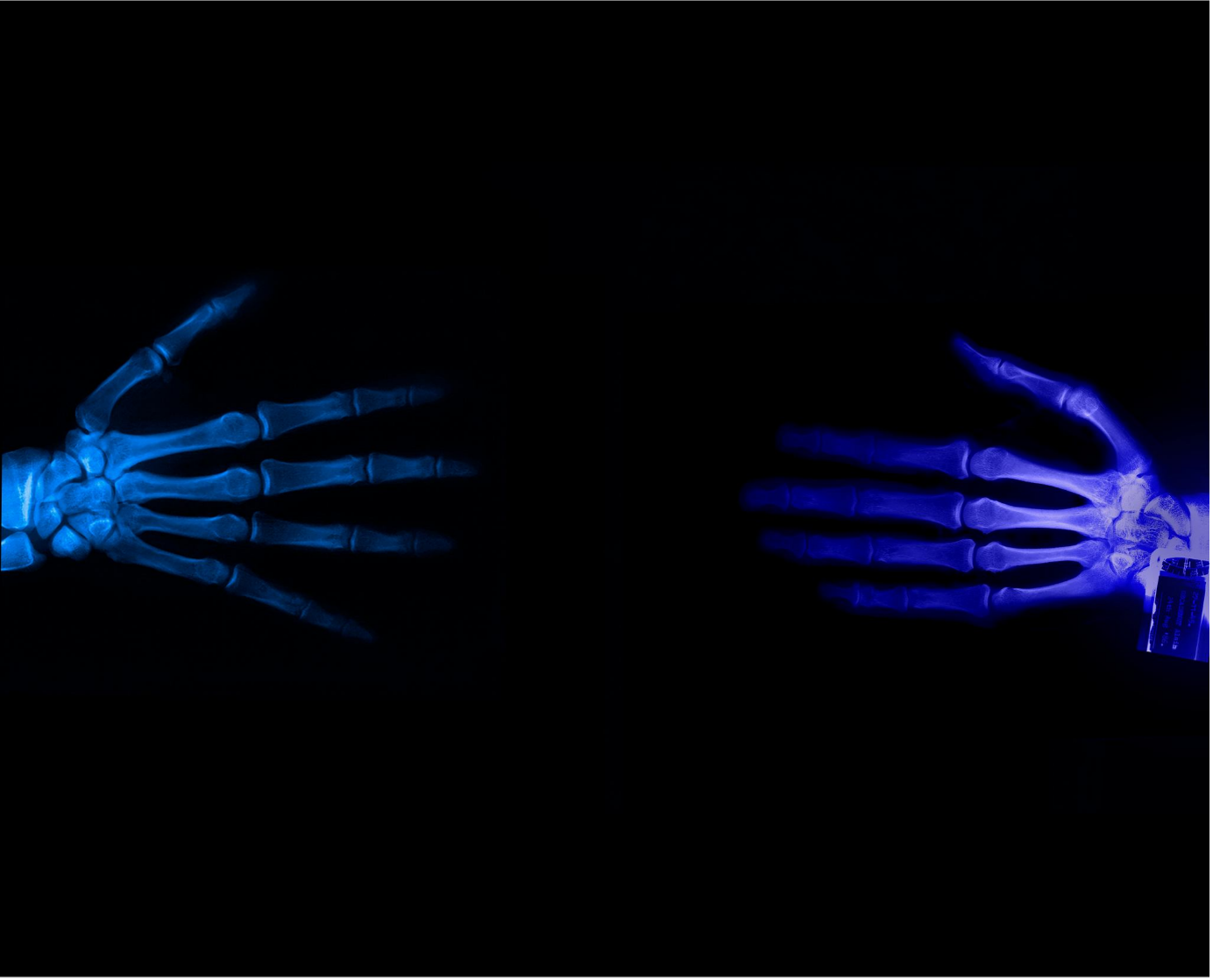Francis Hoyland has had a long and impressive career as an artist; one that has spanned over 70 years (he, being now, 94 years of age) and has also included writing, teaching, television and radio.
He has held teaching posts at Royal West of England Art School, Chelsea School of Art, Camberwell School of Art and The Royal Drawing School, taken part in radio and television broadcasts, was art critic for ‘The Listener’ during the 1960s and has written three books, including Alive To Paint, published by Oxford University Press (OUP) in 1967. Along with David Hockney, Edward Ardizzone and other artists of the time, he illustrated The Oxford Illustrated Old Testament, also published by OUP.
He has works in numerous public and private collections, including the Methodist Art Collection. The Life of Christ, a suite of 91 etchings originally commissioned by Aimee and Monroe Price (US art historian and her lawyer husband), is in the British Museum and Yale University USA. On receiving the etchings into the British Museum’s Print Room Anthony Griffiths, Head of Prints and Drawings, described it as: “a most extraordinary and impressive achievement … one of the major monuments of British print making in recent times.” Each print had a religiously-inspired meditation on the subject and an account of something that had recently happened to Hoyland. In this way, he hoped to show some relation between interior meditation and everyday events. As a Catholic painter, Hoyland’s art has always been an expression of his faith. This has been so regardless of whether he is painting from observation or imagination.

He married the artist Philippa Hoyland in 1953 and has two children, both of whom are musicians and one of whom (John) is also a much-exhibited painter and, in turn, is married to another painter (Hilary).
An exhibition of his work – a series of 87 paintings of the life of Christ – was held at the Chappel Gallery from 5th to 24th April 2025; the dates having been specifically chosen to continue throughout Easter. Of this exhibition, Hoyland says: “During the last five years I have made many drawings and paintings, both in gouache and acrylic. Maybe I have been attempting to integrate the demands of intellect and feeling.”
JE: What would you say have been some of the highlights of your career?
FH: Getting married and becoming a Catholic. I was married for 66 years and the life and death of my wife affected me deeply. Her presence doesn’t leave me, as she is my muse in a way that has some similarities to Beatrice for Dante. As regards Catholic faith, I was teetering on the edge of faith when I went to Italy on a travelling scholarship – I had my 21st birthday in Assisi – and rethought my whole language of painting as a result of that trip.
JE: What aspects of the art scene of your day were you responding to in the period when you were an art critic for ‘The Listener’?
FH: Exhibitions by Arshile Gorky at the Tate and by Morris Louis at the Whitechapel Galley were two highlights; exhibitions that I liked very much. I also enjoyed writing about [L. S.] Lowry who I still admire greatly.
JE: In your 1967 book Alive to Paint you described your own life and formation as an artist alongside the development and constant evolution of your own visual language, and so pointed your readers to consider their own stories because, as Picasso remarked, all artists are self-taught and each must re-create an entire language from A to Z. How would you describe the development of your visual language in more recent years?
FH: I wrote that book for education explorers, so it was specifically aimed at young people. Picasso was right. I had the experience of rethinking my whole language of painting as a result of a travelling scholarship to Italy. I had been trained in the Euston Road approach to painting, which I came to find limiting, and the Italian paintings I saw enabled me to find a way of painting from imagination. I realised, too, that it is not good to be absolutely cut and dried about technique.

JE: You have said that, as an artist, your task is to meditate on separate things in such a way that you sense the context in which they and everything else are held and, as a result, you sometimes dare to hope that in this way you have a kind of back-door glimpse into the all-holding mind of Almighty God. What have you glimpsed of God by this means?
FH: This was part of finding a new language for painting after the Euston Road language. A feeling of unity can be built into the technique used. I start from the ratios of one side of the canvas to the other with each rectangle being made of three Golden Section rectangles. Each mark that I then make is made relative to the first rectangle. As one of my students described it, each mark is made in the spirit of the first. It is possible to be conscious of these relationships as you paint, up to a point. However, it is possible to overdo the geometry, as was the case with some work by Seurat and Uccello.
JE: Your practice of painting the life of Christ dates back to a travelling scholarship to Italy years ago which had a deep effect on you. You found there many versions of Our Lord’s life and were inspired with the need to somehow follow suit as it gradually became obvious to you that you found no other stories to be so full of meaning, or had so deep an effect on you. What were you responding to in those stories and images then, and what are you responding to now?
FH: I was particularly influenced by the self-giving and fluency of these artists; the way that their lines flow and go around the form. In terms of the stories of Christ, my sense is that no other stories have the sheer reality and sense of “isness” found in the Gospel stories. I was particularly influenced by the predella pictures; the story of Christ’s life told in a series of panels that I loved, with Giotto being the supreme figure in that regard. Giotto was a storyteller; an approach that I also recognised in Philip Guston’s “I Paint What I Want to See”, Guston being a terribly truthful author. In relation to the concept of “isness”, I love the idea of instress as found in the ideas of Gerard Manley Hopkins, particularly his marvellous poem “That Nature is a Heraclitean Fire and of the comfort of the Resurrection.” This poem begins with an intense vision of the sky, then reflects that, alas, everything has to die before saying, “Enough, the resurrection!” It moves from creation to incarnation to resurrection.

JE: By painting the life of Christ, you are painting scenes that many other artists have already painted as well as some scenes that are less frequently depicted. Does your practice differ at all when you are painting a scene that has frequently been depicted by others and one that has only rarely been visualised?
FH: It is hard to forget images produced by the likes of Titian, for example, but I have to discover the image for myself each time. I am currently working on a painting of Christ with the Syrophoenician woman and, in painting her arm stretching out, had a flashback memory of an image by Tintoretto in mind. However, when I visited Goya to Impressionism: Masterpieces from the Oskar Reinhart Collection at the Courtauld Gallery, I saw Courbet’s The Hammock and realised that he had painted the woman’s legs too long. As a result, I realised that I had also been over-expressionist in my rendition of the Syrophoenician woman’s arm and repainted it in a more effective manner.
JE: Can you tell us about your use of the Ignatian model of meditation in your work?
FH: Where are you in the story? What is happening around you? The Ignatian model is a very direct form of meditation and a great discovery for a painter. It becomes a way of thinking. Painting is meditation.

JE: You have quoted Fr Jean-Pierre de Caussade who tells how we start out in one direction but find ourselves travelling in another; think we are doing something but accidentally find ourselves doing something else, to speak of having been assisted, and even led, through what now appear to be necessary failures and defeats. Can you tell us more about the place of ‘happy accidents’ in your work?
FH: De Caussade preaches providence, which I rely on a lot in my life.
JE: From where does your wish to paint large pictures of religious subjects that illustrate your Catholic faith, and to have those paintings housed in churches, derive?
FH: I am looking at present at a large painting of the Last Supper which I have depicted from above, giving it the point of view of an angel. It looks good and couldn’t be anything other than large. At the moment, however, I am simply focused on painting stories from our Lord’s life as I am aware that the stories themselves are no longer well known. I remember, for example, talking over lunch with an external assessor at Camberwell School of Art who told me that he had never really understood what is meant by the Holy Spirit. Painting the story of our Lord’s life one scene after the other to capture the flow of his life seems of importance to me and is a little like banging a nail in with a hammer in terms of awareness of the story. Just as Ignatius, through his meditation technique, wants you to make a decision, so I want to stir it up and preach the word, having, through my art, come into a personal relationship with Jesus.
JE: When you were working on your prints on The Life of Christ you composed a poem called “From Two Lives”. Each print had a religiously inspired meditation on the subject and an account of something that had recently happened to you. Does such writing regularly accompany your images?
FH: I now write to my wife every day, reporting to my muse and asking for help, which is provided. The Holy Spirit works in a variety of different ways in our lives.
%20(1).png)













